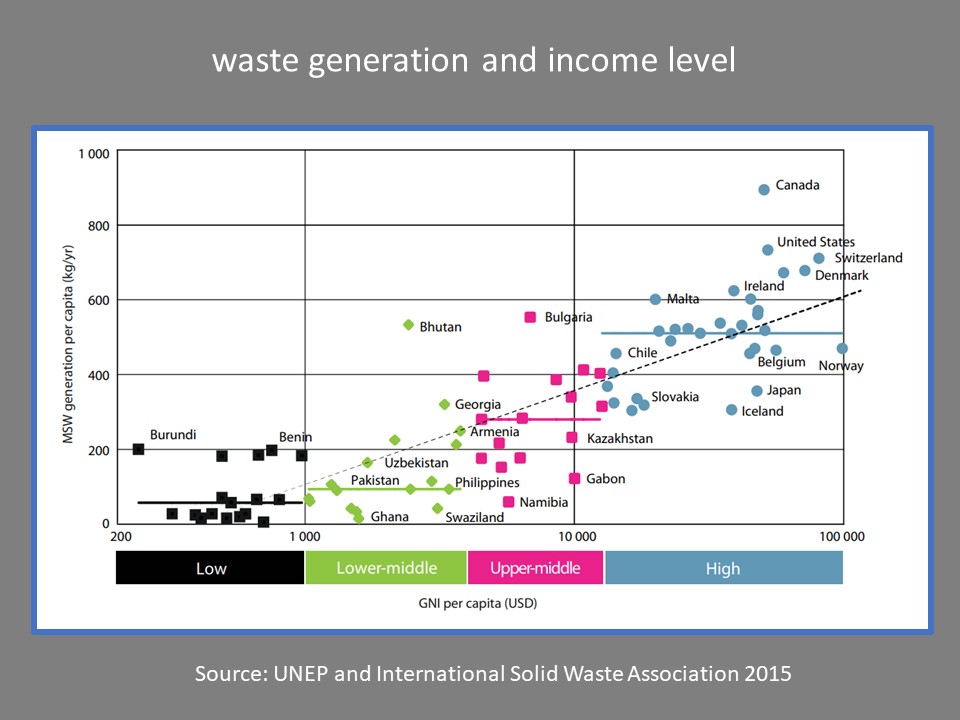
photo: Marek Piwnicki
Yes, an oil spill at sea definitely qualifies as “pollution”, and some also see CO2 emissions with sea levels rise as a consequence as pollution too.
I deal with that under “climate change”. Here I restrict myself to issues like chemicals, plastics, air pollution, soil & fresh water pollution, waste general.

“Our Stolen Future” is a frightening book – first published in 1996. It addresses the scientific discovery of endocrine disruption, even when very low concentrations of chemicals are concerned. It was in animals that the first hints of widespread endocrine disruption appeared. Based on wildlife and laboratory studies, and from examples of well-studied human exposure, the authors argue that effects that can be expected include declines in the fertility of both men and women.
In February 2021 a new book on the same subject has been published, just as frightening: “Count Down”. In it, dr. Shanna H. Swan, one of the world’s leading environmental and reproductive epidemiologists, says low counts and changes to sexual development could endanger the human species. In the tradition of Silent Spring and The Sixth Extinction, this is an urgent, meticulously researched, and groundbreaking new study.

If one thing is clear to me personally, concerning the problem of plastic waste, it is that we do hardly know what we are talking about. Clear, undisputed data are hardly available. But as far as I´m concerned, the problem is serious: plastics are a fantastic product, and therefore they are everywhere. They are cheap, light, and have countless applications that serve our desire for comfort and beauty.
One source that seems to be relevant is a study by Roland Geyer et al [University of California], published in Science Advances. It states that between 1950 and 2015 6.3 billion tons of plastic were produced, of which only 9% was recycled, 12% was incinerated and the rest was put in a landfill or where ever.
Today, there is a production of 380 mln. tons per year. But also here the data differ substantially. What most of us do not realize is that 99 percent of plastic is produced from chemicals sourced from fossil fuels.
The World Economic Forum predicts that by 2050 emissions associated with plastics could account for 15 percent of the global annual carbon budget. This makes one thing clear: If we want to keep ourselves to a limit of 1.5 degrees warming, we’ve got to solve the plastics problem.

According to the WHO, about 90% of the world’s population lives in places where air quality does not meet its standards. The organization calculates that 4.2m people died prematurely from diseases related to this phenomenon in 2016.
But it also causes damage to nature, animals, and food crops. Productivity losses and degraded quality of life caused by air pollution are estimated to cost the world economy $5 trillion per year [World Bank; Institute for Health Metrics and Evaluation at University of Washington – Seattle (2016)].
photo: Chris Leboutillier
Soil degradation is still not very well monitored, but it is widespread. In Europe, for instance, there may be nearly 3 million polluted sites, but only a quarter of those are inventoried [SOER 2020]. Research on the additive effects of chemical pollutants is still missing. For instance, the effects of contaminants such as microplastics, antibiotics, and endocrine disruptors are unknown. Another reason for concern is excessive inputs to soils through pesticides and fertilizers.
Groundwater is a critical natural resource, which can get polluted by pesticides, fertilizers, and leakages from oil pipes, landfills, and septic systems. Municipal and especially industrial waste discharges pollute canals, lakes, rivers, and finally the seas and oceans. They harm the environment and pose a threat to human health.


Urban waste generation practically doubled between 1970 and 2000 [UNEP and International Solid Waste Association 2015] and is expected to grow further, since there is a clear relationship between municipal solid waste per capita and national income levels.


Dumpsites around the world are “rich” sources of waste and provide food [!] and recyclables to an estimated 15 million informal waste pickers. These are highly exposed to chemical hazards and face significant health risks [UNEP and International Solid Waste Association 2015]. photo: ActionAid UK

Mining generates one of the world's largest waste streams and contains elements that have serious effects on ecosystems and humans. The annual global production of mine waste is estimated at 100 billion tonnes, of which 90% of this is waste rock [data updated from Mudd and Boger 2013].

The global generation of electrical and electronic equipment [e-waste] is estimated to be around 50 mln. metric tons in 2018. Only a limited number of countries have national electronic waste legislation and an official take-back system. image: Fully Syafi / Greenpeace.

One-third of all food produced for human consumption is thought to be wasted [FAO 2011]. Countries in the developed world waste roughly 230 million tons. The problem for human wellbeing and ecosystems lies not only in the spoilage of food itself but also in the resources used [labor, energy, fertilizers, pesticides] to produce it.


This website is a personal narrative, based on 50 years experience in international business, non governmental organisations and consulting practise. My guest lectures at the Institute of Environmental Sciences [Leiden University, The Netherlands] are derived from it.
Ludo van Oyen – Brussels, 2021
Some photos are taken from the web. If you think your photo is used and you disagree, please send me an e-mail and I will remove it from this site.